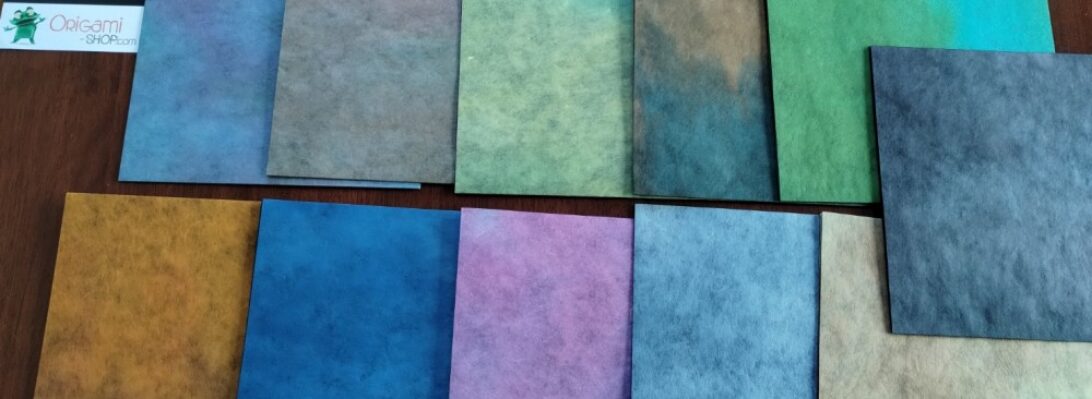…there are lots of patterns for Frogs, most even look frog-like but this one designed by Colin Weber is charmingly sitting atop a lily pad – made with one square of paper you massage enough paper towards a corner to then form the froggy bits – very clever:
Why a frog? Well, it is my Sister-in-Law’s Birthday today, she loves all things French (and would move there to live in a flash), so I thought something a little froggy would be appropriate as a present for her – Happy Birthday Sue! It is also my Nephew Andrew’s Birthday, and he is IN Paris atm, so a double froggy celebration for him as well.
You can have a go at making this model yourself: http://dev.origami.com/images_pdf/frogonlilypad.pdf however I think there are a few mistakes in the diagram, I found flaps where there should not be and no flaps where there should have been, thankfully it was possible to get creative and work around if you keep your eye on the final model.




